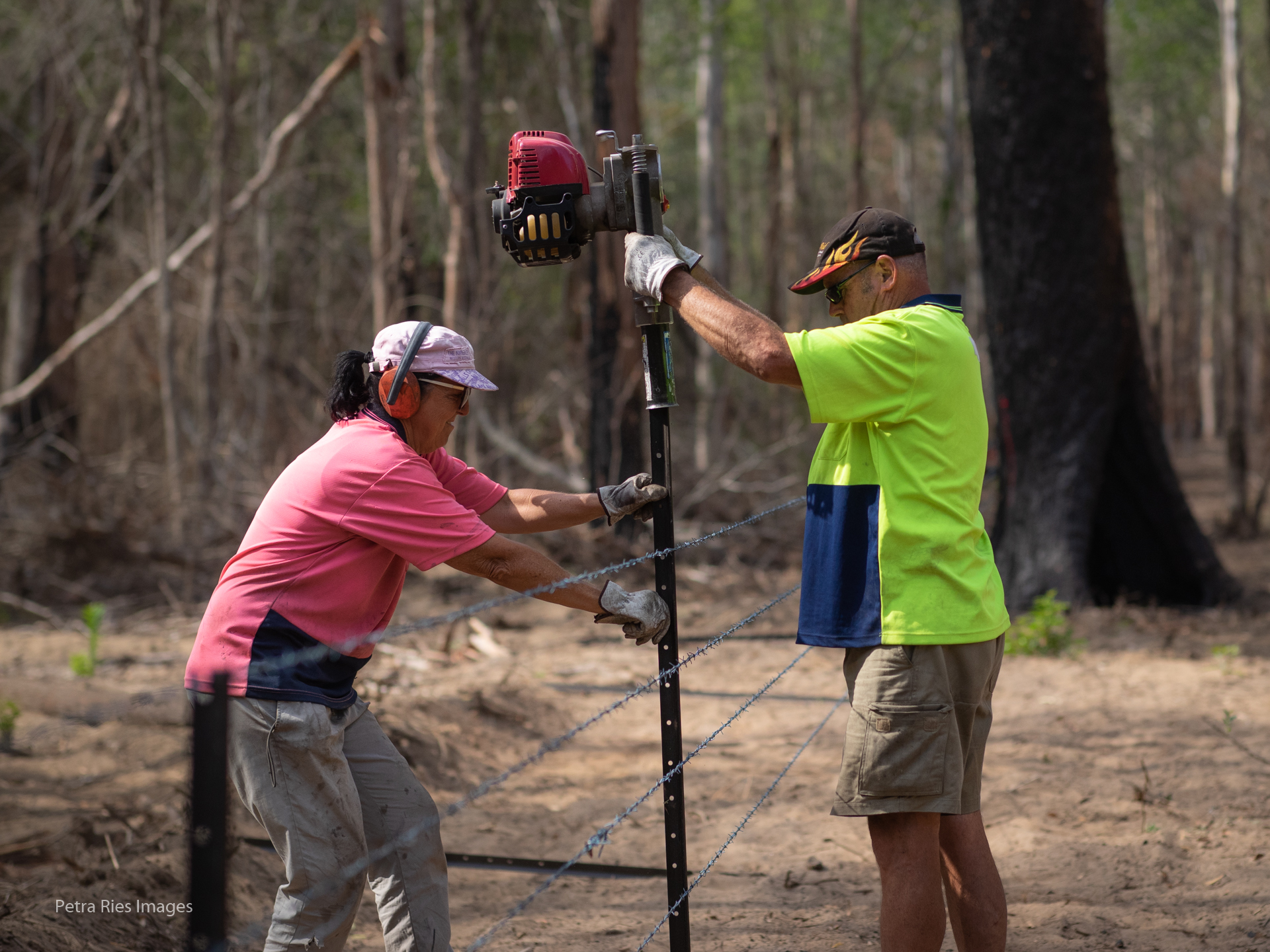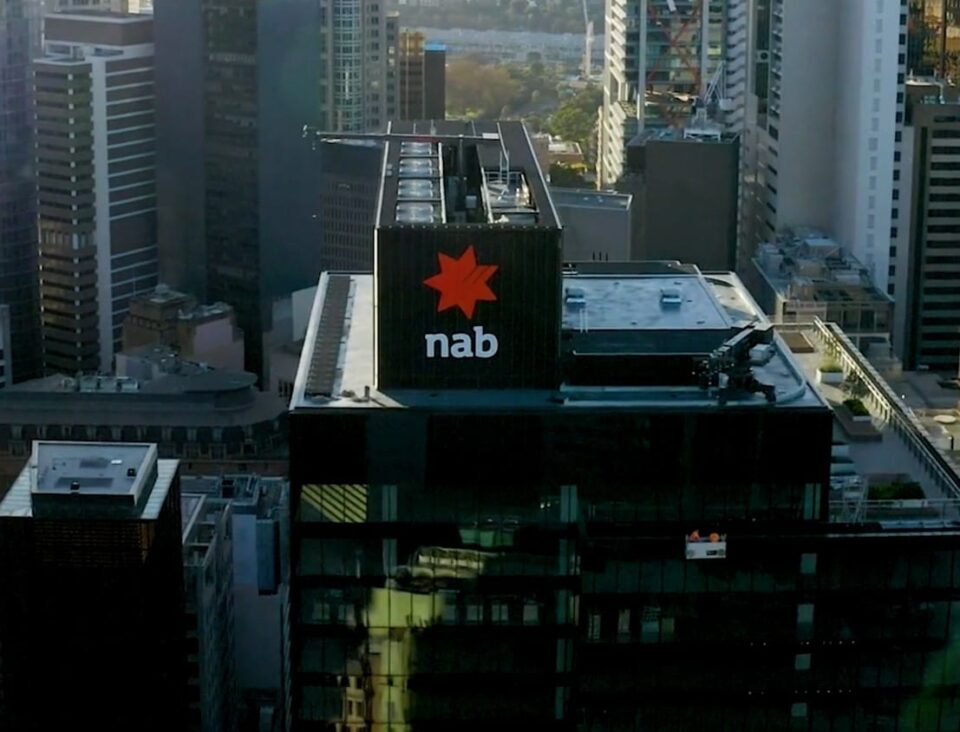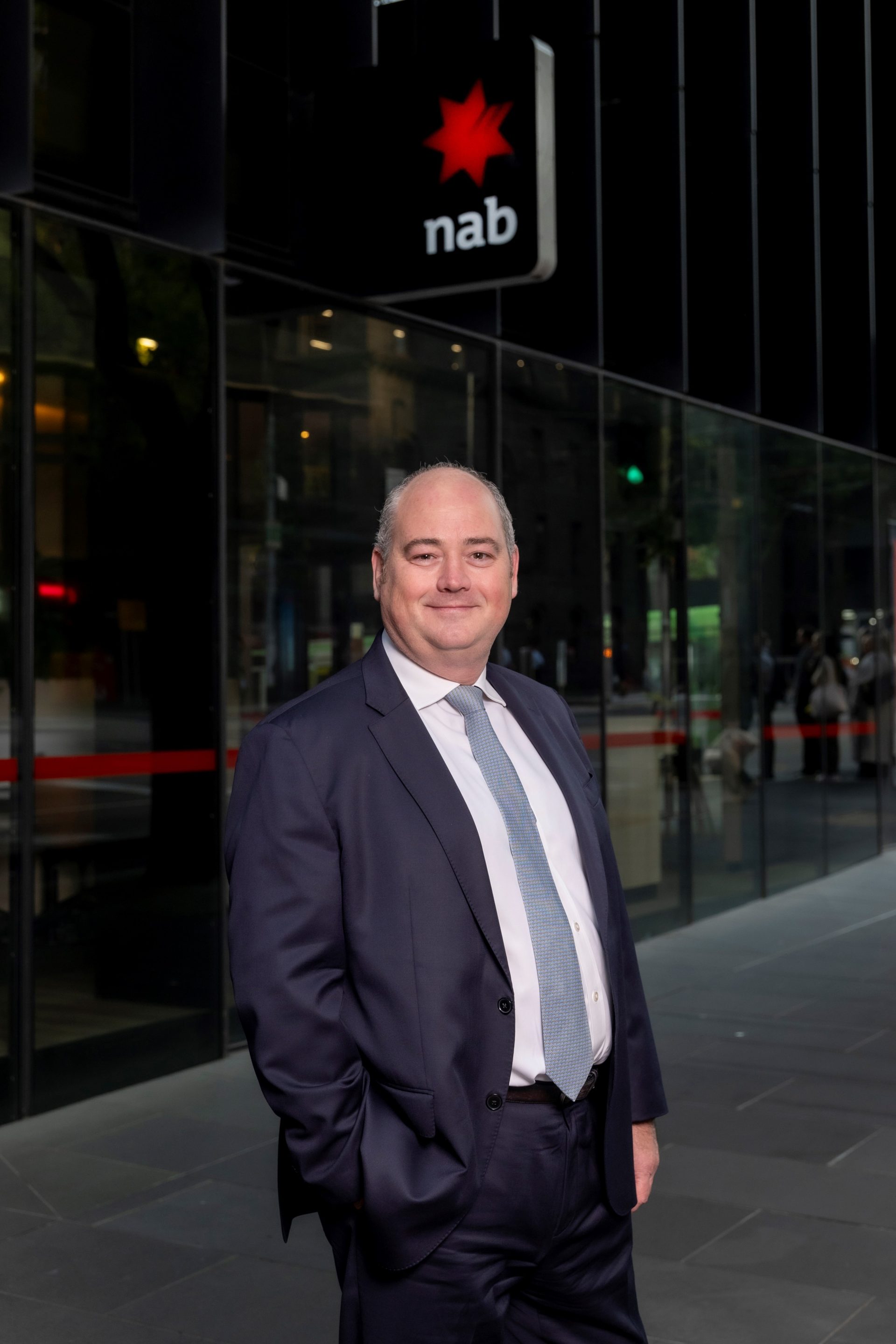**check against delivery**
Thank you, Garry, for your introduction.
I’m delighted to be here today to help launch this important report from the John Grill Centre’s Better Infrastructure Initiative.
The report is the third in a series of research pieces from the Initiative, all exemplifying the sort of innovative thinking needed to ensure that Australia’s infrastructure serves our nation well. And when I say ‘well’, I mean better; a lot better.
Better infrastructure presents a leadership challenge, and a leadership opportunity, for everyone: all levels of government, business, academia, community leaders, and the ‘do-it-yourself’ protagonists that Garry refers to in the report.
In a speech to CEDA in Canberra a few months ago, I said that if we are serious about pursuing a vision of Australia with modern and efficient infrastructure, then business is going to have to lead the way.
Business is going to have to take an interest in how we design our cities, how we facilitate regional development, how we plan new urban centres and connect them with transport and telecommunications; how we deal with serious social issues like housing affordability and traffic congestion; how we deliver reliable, affordable and sustainable energy; and how we preserve environmental amenity for future generations.
It makes sense that, as Australia’s biggest business bank, NAB is working closely with the Better Infrastructure Initiative at Sydney University’s John Grill Centre.
And I want to acknowledge John Grill’s presence here today. Thank you for your leadership.
It’s because we understand the leadership challenge in front of all of us, that NAB has developed its Catalyst series of conversations, keying off important pieces of work like today’s report, that get experts in the one room to help challenge thinking and move action in the right direction.
For NAB, it is also the right thing to do.
We accept that we have a role to play in addressing the challenges – and finding the opportunities – in Australia’s future; especially these that come from Australia’s strong population growth.
Australia is expected to add 16 million people to its population over the next 40 years. Sydney and Melbourne will absorb roughly seven of those 16 million additional people.
Not a lot of thought has yet been given to where the other nine million will live.
Research NAB carried out earlier in the year showed that among our customers there is not wholesale support for a larger Australia.
For many, the prospect of a higher Australian population means more stress in the ability to buy a house, to live where you want to live, to get to work with a reasonable commute time. And many in the community are also concerned about our ability, as a nation, to maintain norms of Australian social and economic inclusion, and to continue to provide access to high quality services in areas such as healthcare and education.
These concerns are playing out against a backdrop of rapid technological advancement that is seeing the digitalisation and automation of many aspects of our lives, including in the workplace – and with it, growing concerns about job security.
But what is the business perspective? The same NAB research referred to earlier showed that most of our business customers would strongly prefer a larger population, which supports better business growth.
In our view, at NAB, it is time for business and the community to stop talking past one another. It is time for a well-informed dialogue about current challenges and future opportunities. And we see a lot of opportunity.
One of the topics we don’t talk about nearly enough is the future of infrastructure. And critical to that discussion is our vision for rural and regional Australia. At NAB, we are getting really interested in the future of Australia’s regional centres.
Regional centres can, of course, be a topic of conversation between governments and infrastructure practitioners. But it would be a much better conversation if it were driven by communities and the end users of infrastructure.
If we can get business, consumers – the DIY protagonists – at the community level to think about the infrastructure their community needs, they may be able to solve many of the problems themselves; they may be able to identify opportunities for their region that would never occur to those sitting behind government and corporate desks in our capital cities.
Our Australian communities can become catalysts for positive change. They can lead change rather than having change thrust upon them.
It is these voices – from communities all over Australia – that we should be hearing in the national conversation about infrastructure.
Right now, we don’t hear these voices.
Australia has a preoccupation with one-off, ‘big ticket’ infrastructure projects; the ones associated with a ‘photo opportunity’ and, many years down the track, the brass plaque, perhaps even a ribbon to cut.
Major infrastructure projects have their place, but so do the bits of infrastructure that communities use every day – the ones that support how we connect with each other and that we value because they are part of what make Australia a great place to live.
These facilities might not like reduce commute times or make the movement of freight more efficient. Instead, they might be great sporting facilities and green spaces that improve a community’s health and wellbeing. They might be purpose-fit community centres and public squares that provide a place for people to meet, and which support the development of a community’s cultural and social identity.
Australian Local Government Association data estimates that there is $47 billion in community infrastructure that is in a poor to very poor state.
If we’re going to meet the challenge of renewing our community infrastructure, we’re going to have to get more participants involved and develop better ways of doing things. And who knows what sorts of regional development ideas might emerge from those same conversations?
A community might discover that it has infrastructure ambitions of regional, or even national, significance.
I’ve spoken in other forums about projects like the Brisbane West Wellcamp airport near Toowoomba, a fine example of business and local communities working to deliver quality infrastructure. I’m especially pleased to note that Wellcamp chair, John Wagner, is with us today.
And there are further examples identified in today’s report – sporting facilities in Beaumaris, the Hepburn Community Wind Park, Lang Hancock’s Pilbara Rail – but they are few and far between.
So what needs to happen to stoke more community involvement in infrastructure and help support our community leaders and nation builders?
We have to create room for new voices. We have to support those who have the courage to assume responsibility for their community’s future.
We have to support disruptive voices developing compelling business cases for a range of infrastructure projects that will attract investment, improving commercial, social and environmental outcomes for their communities, without relying on government.
Across Australia, we need to develop mechanisms to attract capital providers who are prepared to back infrastructure projects that represent good value and provide quality outcomes at the local community level.
We need a viable ecosystem for community-led infrastructure.
The Better Infrastructure Initiative outlines the basic elements of what this ecosystem could look like.
They are:
- the formation of a community infrastructure hub that allows for the development of ideas and where individuals can accelerate their thinking;
- a community capital enterprise that takes the form of a new investment market to provide capital to community-led projects; and
- Capability in project management and delivery.
There are clear roles for business – and for NAB – in supporting the development of such an ecosystem.
There is a natural synergy for us, as the biggest business bank, the biggest agricultural bank, and the biggest arranger of infrastructure and renewables financing in Australia
As Chairman, I have given a bit of thought to how our bank can best contribute to Australia
We have an interest in supporting growth and opportunity right across this nation, because there is absolute alignment of this objective with the interests of our customers and our shareholders.
When it comes to infrastructure, we can do this through using our balance sheet to finance projects and lend to the businesses that contribute to the nation’s prosperity.
We can also play the role of facilitator: bringing the proponents of viable projects together with our corporate and institutional clients.
And we can be an innovator: investing our capital and time to create new ways of driving commercial and social value, through innovations in the bond market and through social impact investing.
In local communities all over Australia, we can sit at the table and have the right conversations about community development – financing schools, hospitals, airports, businesses, energy projects, roads, community infrastructure. And we can create forums for the discussion of system-wide interactions that link communities.
And, importantly, we can be the advocate: our bank can act as the loudspeaker for the voices of our customers, so they can be heard in a national infrastructure conversation; so that their voices not only shape the future of their communities, but also the nation.
There are many challenges confronting Australia right now. We have a strongly growing, but quite rapidly ageing, population. We are living in a period of unparalleled technological innovation that is challenging the ways in which we communicate, shop, travel and work. We are struggling to adapt to a lower carbon-intensity, especially in the production of energy. And we have yet to come to terms with the Asian century.
But in all of these challenges, there is immense opportunity. And we at NAB are convinced that those opportunities will best be seized by those whose thinking is informed by a deep understanding of regional development.
Last year, for the first time in its 150 year history, the NAB Board held its formal monthly meeting in a place other than a capital city. We flew into the Brisbane West Wellcamp Airport and had our meetings in Toowoomba.
Next week, the NAB Board will be holding its June Board meeting in regional Victoria.
While there, NAB’s board members will be engaging with our customers and shareholders, learning how we can advocate for the things that improve their lives and their communities.
We’ll be visiting local agribusinesses and family-run enterprises that have been with NAB for over 60 years.
And I will be talking to people about how they can play a role in driving the infrastructure their community needs; what NAB can do to support the development of their community.
The Better Infrastructure Initiative has 10 key infrastructure propositions and the last one is ‘leadership matters’.
The type of thought leadership demonstrated by the Better Infrastructure Initiative matters.
So I want to applaud Garry for the significant body of work that has been delivered over the last 18 months.
This paper builds on previous research focused on the need for better infrastructure service provision for all Australians, rather than just more infrastructure, and the importance of project leadership, to ensure a better approach to planning and managing infrastructure.
NAB will lead, and drive a national conversation on infrastructure. I know many others here will be with us as we do so.
Our job – as leaders – will be to encourage more voices in the conversation, and especially the local community voice, so we can plan and build the infrastructure that supports a more prosperous Australia.





